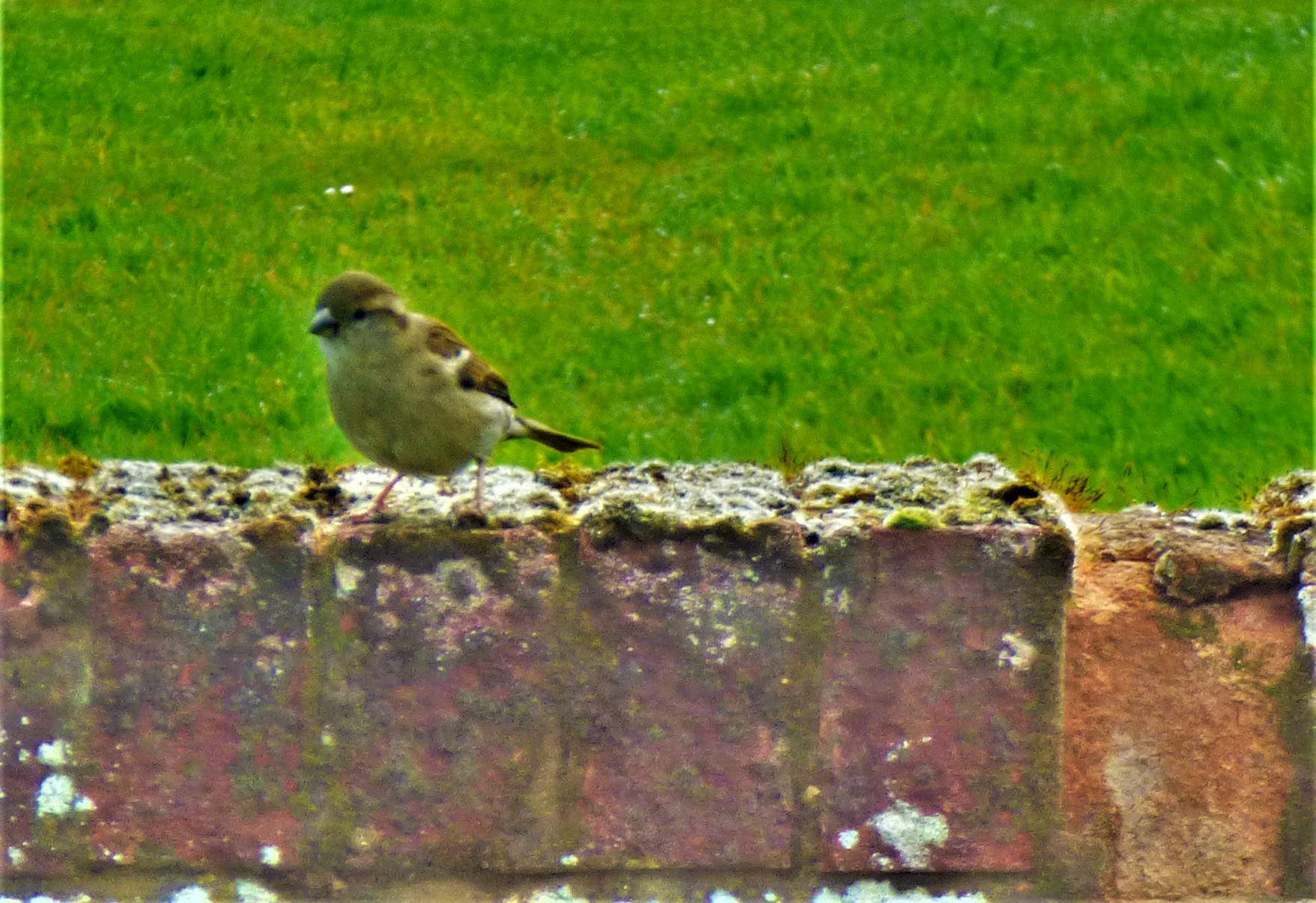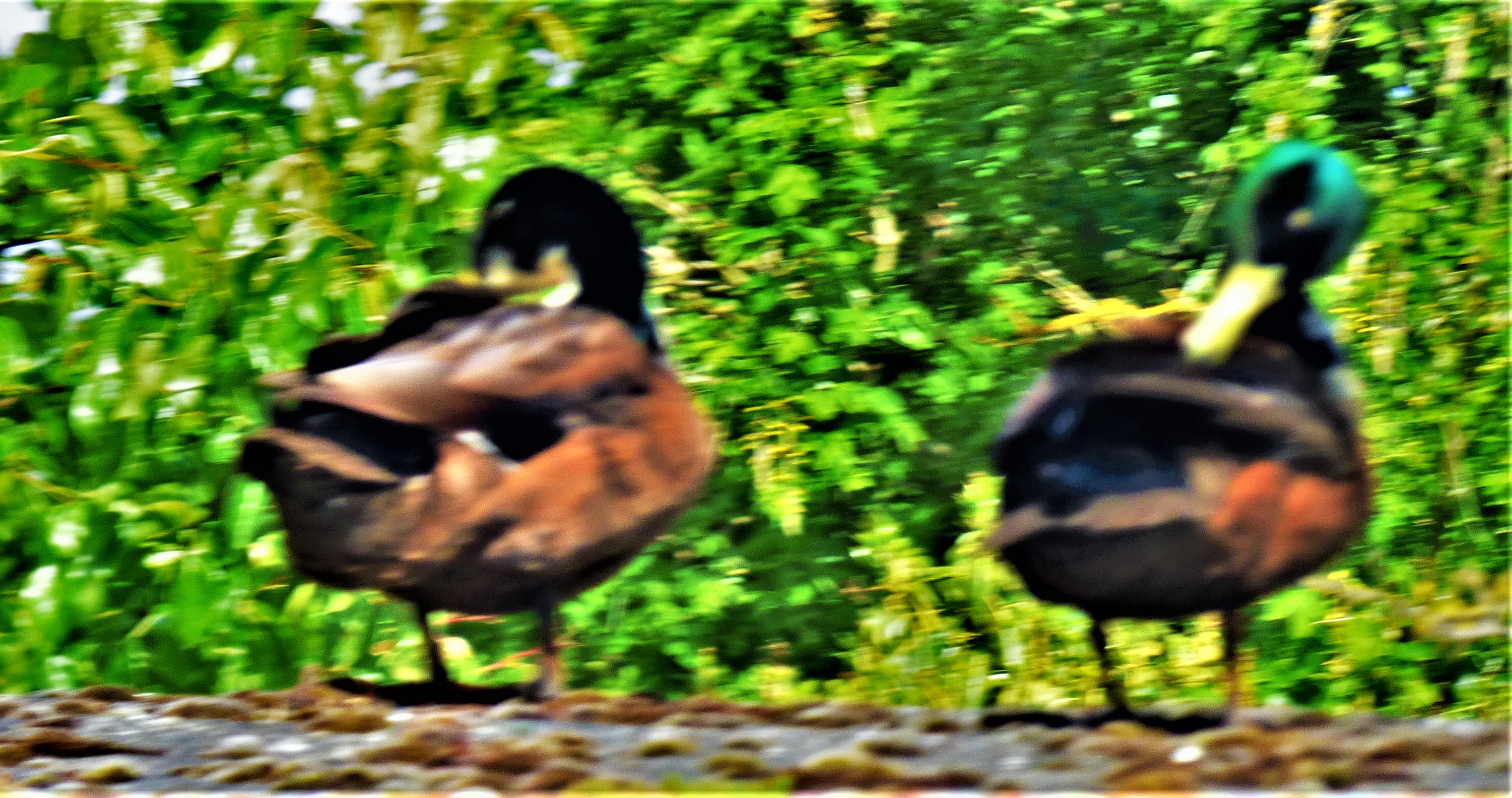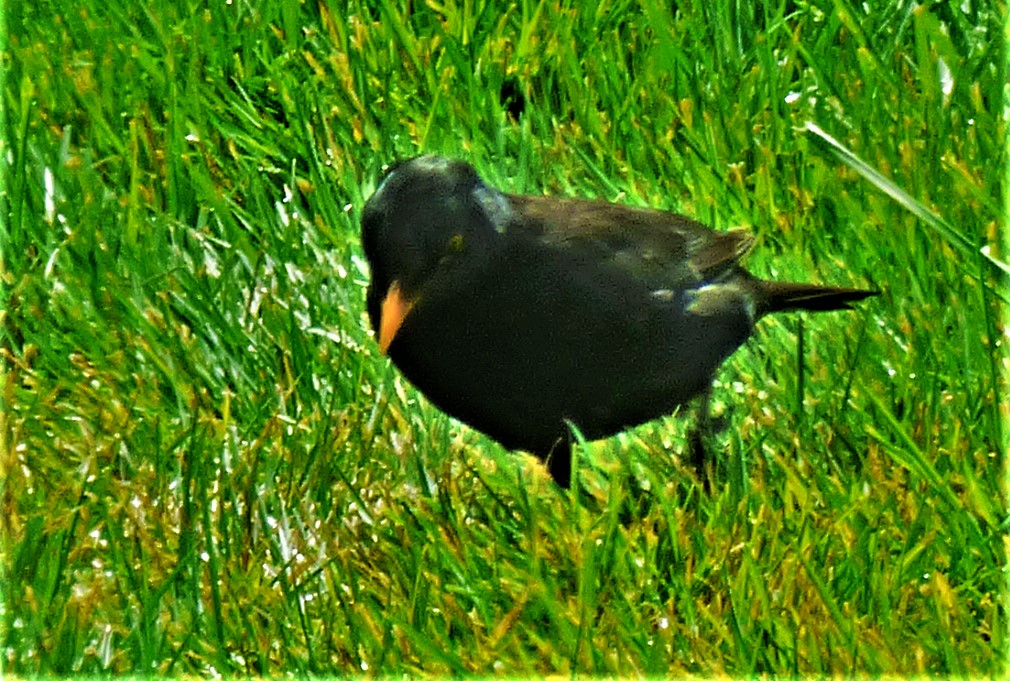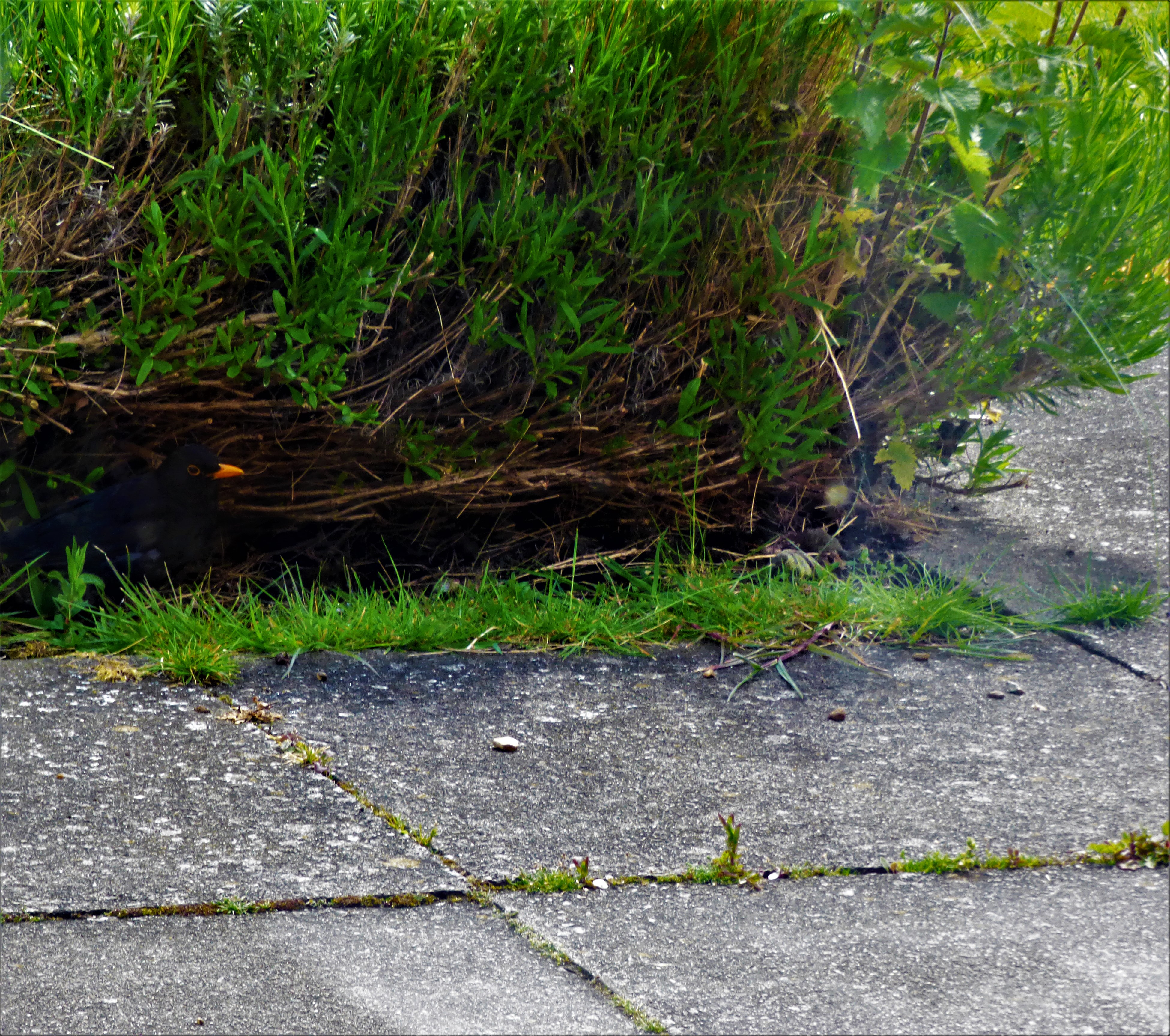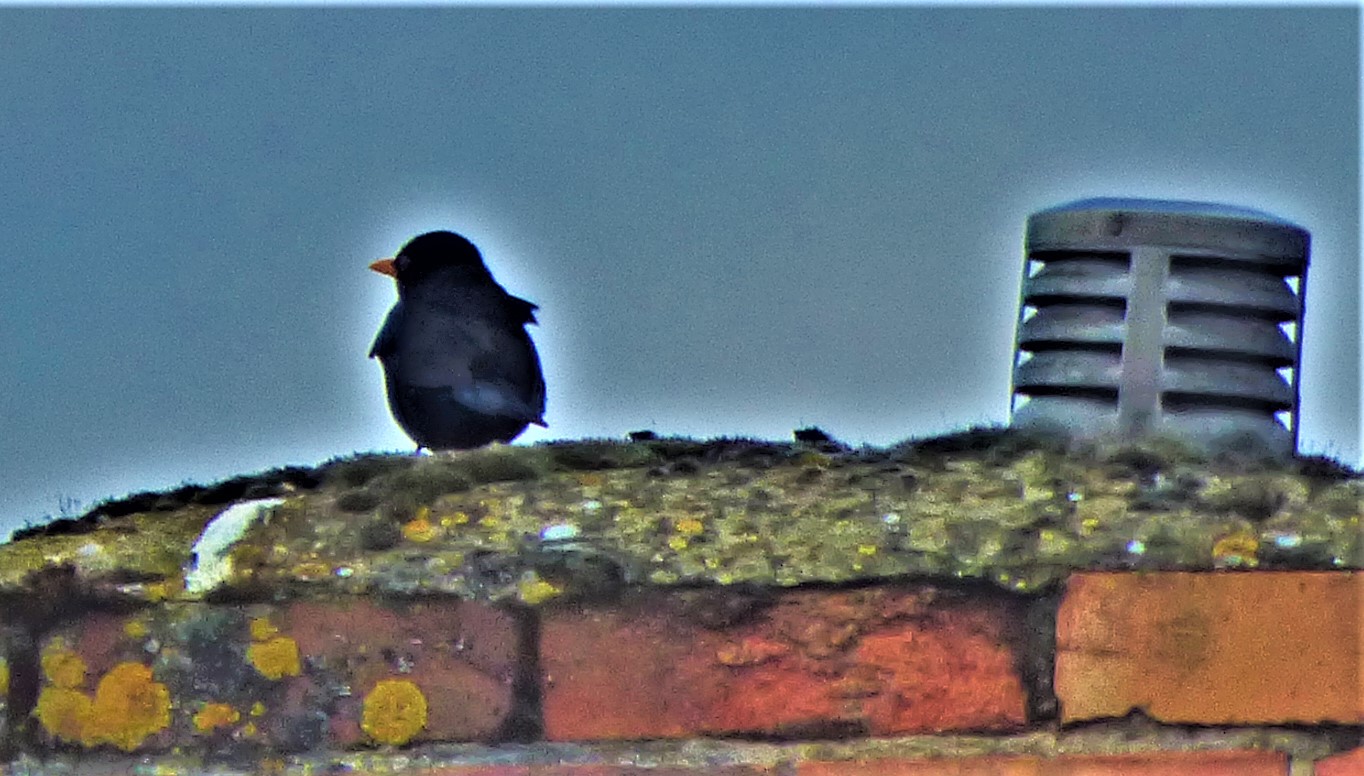Today I select an all time XI of players whose given names begin with D. There will be quite a few honourable mentions.
THE XI IN BATTING ORDER
- David Warner (Australia, left handed opening batter). Few openers with given names beginning with D make a really strong case for inclusion, and in spite of various question marks (lack of runs in spin friendly India and Sri Lanka, ditto in swing and seam friendly England and New Zealand) about him this guy has to have the number one slot in this XI.
- Desmond Haynes (West Indies, right handed opening batter). His test record is excellent, and he habitually opened with a more attack minded partner in Gordon Greenidge. He would be an excellent foil to Warner.
- *Donald Bradman (Australia, handed batter, captain). Indisputably the best test batter there has ever been, and a splendid captain into the bargain.
- David Gower (England, left handed batter). A stylish left hander who also had enough steel to score 8,000 test runs at an average of 44.
- Denis Compton (England, right handed batter, left arm wrist spinner). Lost six years to WWII, was dogged for most of his post-war career by knee troubles and still had a superb record at the highest level.
- Dane van Niekerk (South Africa, right handed batter, leg spinner). The most controversial selection I have yet made in this latest blogging venture. She has not had the opportunity to play a test match, but her record in ODIs is better than her record in T20Is, which suggests that longer formats suit her. She is an attacking batter and a big spinner of the ball.
- +Don Tallon (Australia, wicket keeper, right handed batter). One of the greatest keepers ever to play the game and a more than adequate middle order batter. My chosen captain would be the first to endorse my choice of wicket keeper, since he rated Tallon the best he ever saw in action.
- Daniel Vettori (New Zealand, left handed batter, left arm orthodox spinner). New Zealand has not produced vast numbers of quality spin bowlers, but he was one of them. In 1999 as a youngster he played a huge role in consigning England to the home series loss that put them at the bottom of the world test rankings.
- Dennis Lillee (Australia, right arm fast bowler, right handed batter). One of the greatest fast bowlers ever to play the game.
- Dale Steyn (South Africa, right arm fast bowler, right handed batter). Even South Africa, which has produced a wealth of quality pacers, has had precious few to match Dale Steyn.
- David Harris (Hambledon, right arm fast bowler, right handed batter). The game’s first unarguably great bowler, largely responsible for the fact that catches are now credited to the bowler (simply because he showed precisely how bowlers can bowl with the specific intention of generating catches in mind). He would need a law change to be able to bowl in the style that he did back then, a matter I have covered in previous blog posts. My final word on this selection refers to the latter stages of his career: he was crippled by gout, but was so important to his team that they used to bring an armchair on to the field so that he could rest his feet when not actually bowling.
This side has strong batting, and with Lillee, Steyn and Harris to bowl pace and two contrasting front line spinners in Vettori and van Niekerk plus Compton as back up it is also well served in the spin department. Add to this a great captain and an outstanding keeper and you see a side with all bases covered.
HONOURABLE MENTIONS
Before I go into general honourable mentions there is a particular slot to be given special treatment…
THE NUMBER SIX SLOT
There is of course someone who regularly batted at number six for Australia with distinction and whose given name begins with D: Doug Walters. The reason for my omission of Walters is down to the balance of the side – Walters was a batter who bowled, while I wanted an all rounder, and a spin bowling all rounder for preference. Within the brief of ‘spin bowling all rounder’ the main rival to van Niekerk was David Holford of the West Indies, but he did not really measure up in either department. Dattu Phadkar of India, a middle order batter and a bowler of fast medium or off spin according to circumstances had a fine FC record, but his international record was decidedly ordinary. Deandra Dottin of the West Indies was a seam bowling all rounder, and there was a significant decline between her records at T20I and ODI cricket, which suggests that genuinely long form cricket would not suit her at all. My contention here is a simple one: of all those I could have selected for this slot Dane van Niekerk most closely meets the specific requirements of this XI.
OTHER HONOURABLE MENTIONS
Don Kenyon was a fine opener for Worcestershire, but a failure for England. Deep Dasgupta once scored a century for India against England as an opener, but his presence in that role said more about the nature of the pitches and of the fact that the best Indian batters of the time disliked opening than it did about his skills. His wicket keeping is a red herring in this context since he ranks several miles below Tallon in that department. Two other Aussie batters besides Walters who had to be overlooked were Dean Jones and Darren Lehmann. Dilip Vengsarkar of India had a good test record, and was among the few of his day who fared better against the West Indies than he did overall, but no way could he displace Compton. Daryl Cullinan of South Africa was another who was unlucky to miss out. Duleep Mendis of Sri Lanka did enough to earn a mention here but not enough to force his way in. Daryl Mitchell of New Zealand is a fine middle order batter. Douglas Jardine was a good player and a great captain. Denis Lindsay of South Africa had one great series with the bat against Australia, but that was not enough to displace Tallon as keeper. Derek Shackleton was a superbly reliable and consistent medium pacer, taking 100 or more FC wickets in each of 20 successive English seasons, and would get the nod for the third seamer’s slot if I were to be debarred from selecting Harris. Devon Malcolm was fast, and on his day, as when he took 9-57 against South Africa he could be unplayable, but when it wasn’t his day he could also go round the park. Doug Wright, the Kent and England leg spinner of the immediate post war era was too erratic – in between the moments of devastation, which included taking a record seven first class hat tricks he could leak runs at an alarming rate. Doug Bollinger had some good moments, but his performance at Adelaide in 2010 when he could barely raise a gallop sent my estimation of him through the floor. Dushmantha Chameera of Sri Lanka is as yet unproven, but may force his way in eventually, as may Dilshan Madushanka. David ‘Butch’ White of Hampshire had some great moments while not quite meriting selection.
PHOTOGRAPHS
My usual sign off…












































































